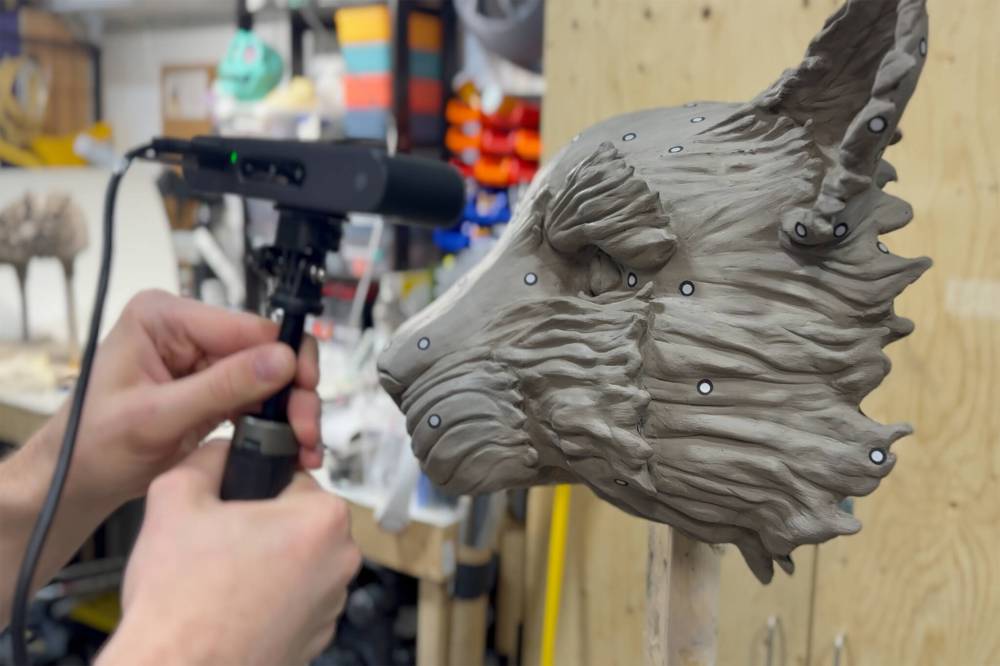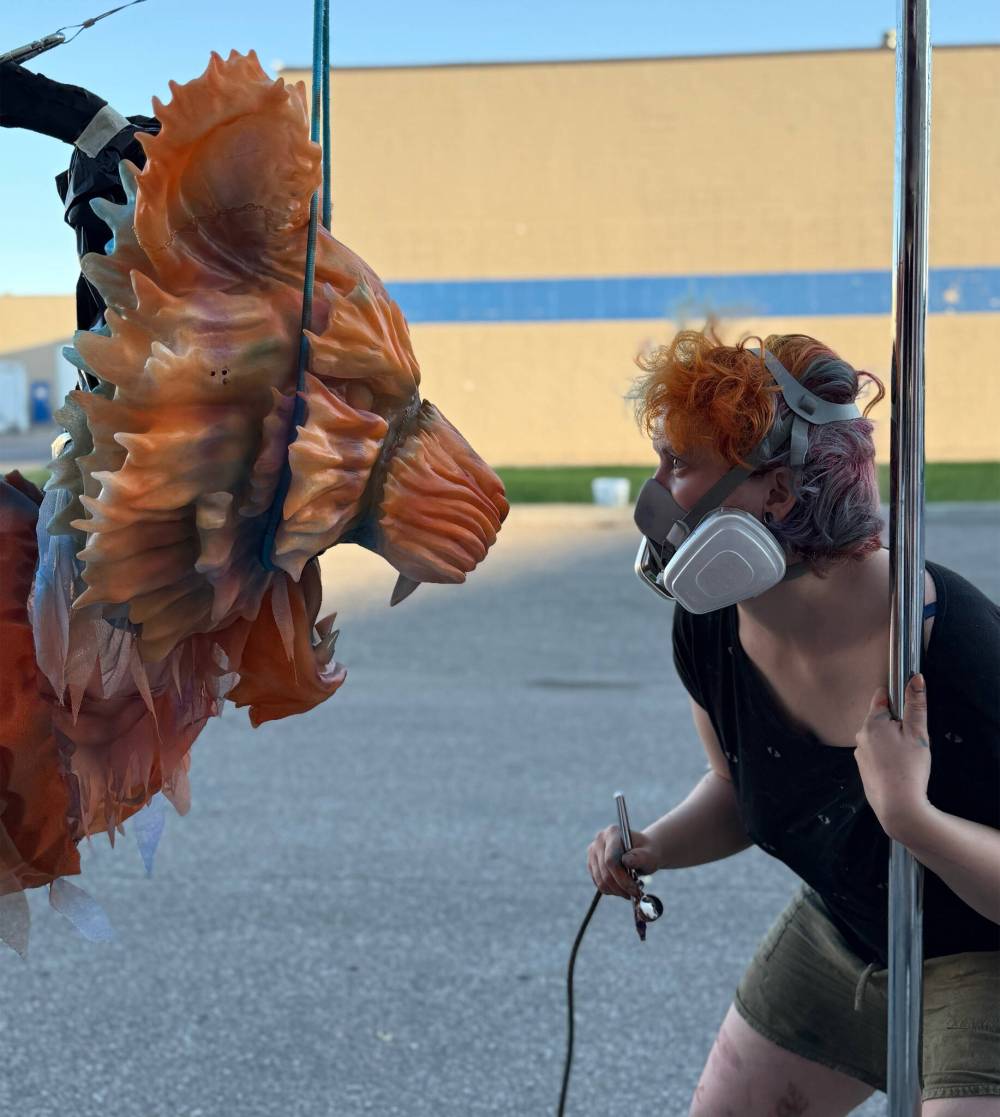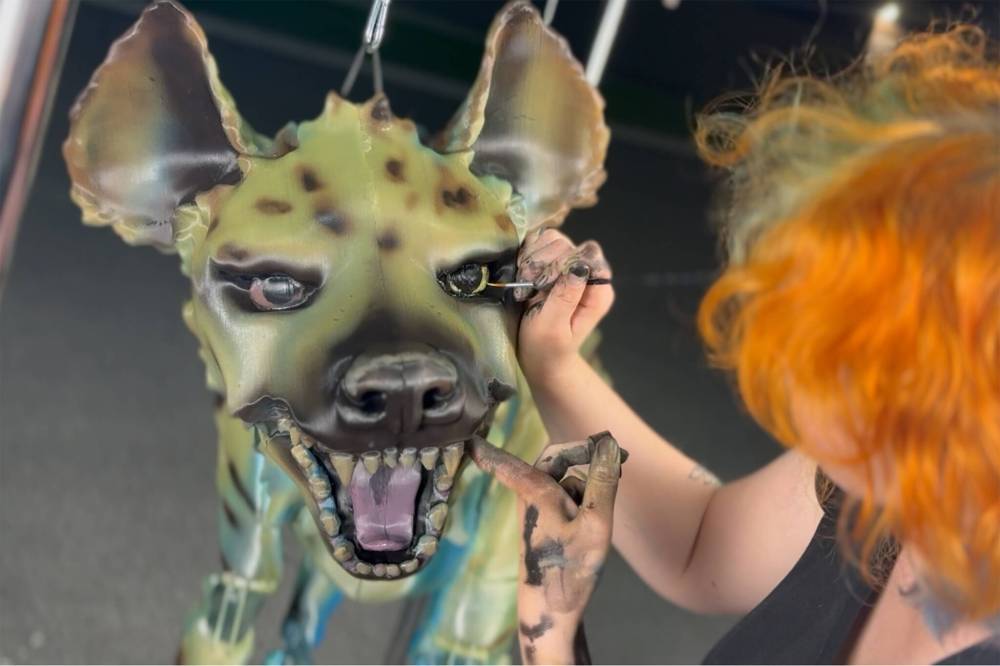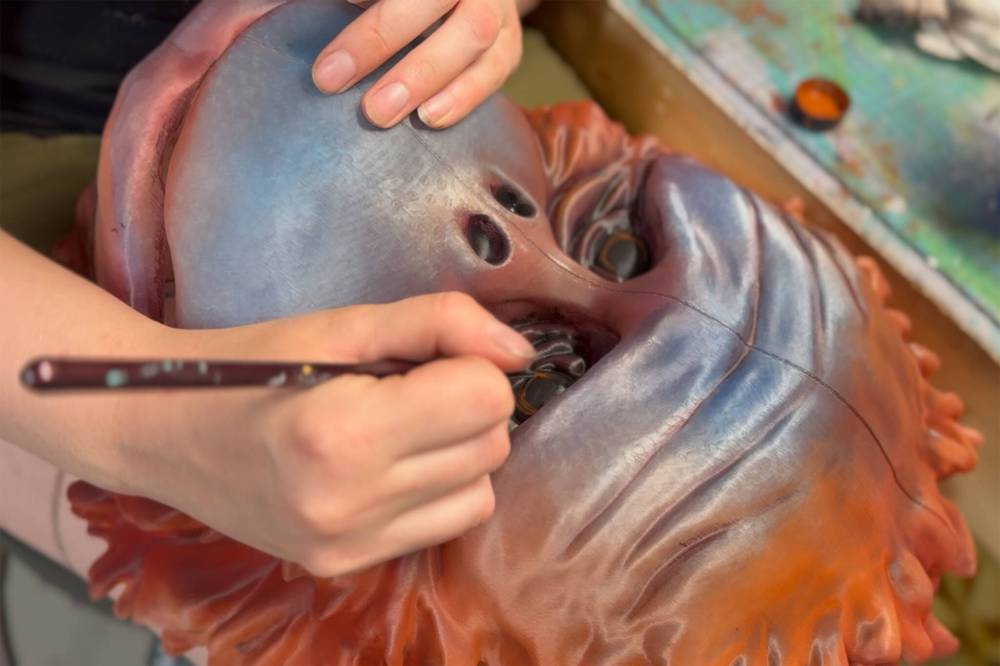Life of Pi’s magnificent puppet menagerie ready for adventure at RMTC
Advertisement
Read this article for free:
or
Already have an account? Log in here »
To continue reading, please subscribe:
Monthly Digital Subscription
$0 for the first 4 weeks*
- Enjoy unlimited reading on winnipegfreepress.com
- Read the E-Edition, our digital replica newspaper
- Access News Break, our award-winning app
- Play interactive puzzles
*No charge for 4 weeks then price increases to the regular rate of $19.00 plus GST every four weeks. Offer available to new and qualified returning subscribers only. Cancel any time.
Monthly Digital Subscription
$4.75/week*
- Enjoy unlimited reading on winnipegfreepress.com
- Read the E-Edition, our digital replica newspaper
- Access News Break, our award-winning app
- Play interactive puzzles
*Billed as $19 plus GST every four weeks. Cancel any time.
To continue reading, please subscribe:
Add Free Press access to your Brandon Sun subscription for only an additional
$1 for the first 4 weeks*
*Your next subscription payment will increase by $1.00 and you will be charged $16.99 plus GST for four weeks. After four weeks, your payment will increase to $23.99 plus GST every four weeks.
Read unlimited articles for free today:
or
Already have an account? Log in here »
The orangutan, the hyena and the Bengal tiger took millions of years of evolution to reach their modern forms. Their zoological counterparts that take the stage in Life of Pi came to life after about 3,500 hours of 3D printing.
Earlier this year, Calgary studio Puppet Stuff Canada began recreating the anthropomorphic characters that populate Yann Martel’s Booker Prize-winning novel and Lolita Chakrabarti’s Olivier Award-winning theatrical adaptation, which opens at the Royal Manitoba Theatre Centre tonight.
But the four-person team had strict instructions: its menagerie couldn’t replicate the originals used in England or during its Broadway run. From tooth to claw, each creature had to be designed, printed and assembled from scratch.

SUPPLIED
The Puppet Stuff team scans a miniature sculpted version of Richard Parker the Tiger for 3D printing.
“When these Broadway shows become available for other theatres to produce, there’s two ways the rights holder will go about it. The rights holder for Little Shop of Horrors, for instance, will say this is how we built the Audrey II. Go ahead — do it. Go build the plant. In this case, the rights holder said, ‘We don’t want you to copy what we did for the first show. We want you to put your own spin on it,’” Puppet Stuff co-founder Brendan James Boyd says.
That was no simple feat, says Boyd, whose studio worked on an accelerated two-month timeline.
A tiger silhouette should look like a tiger silhouette, and the orangutan’s knuckled walk should mimic that ape’s authentic strut, so any variations in character design had to be rooted in both material and texture, Boyd says.
“How do you reinvent the tiger?” he says.
“I like fighting against the trend. And ever since Life of Pi came out, everyone’s using what was used in the (original), which is a type of foam. It’s great, but I wanted to see if we could come up with a different look and texture. I also needed to do something fast that didn’t require one artist sitting and carving for hours and hours because we had limited time and budget.”
So the Puppet Stuff team sculpted each character in miniature before heading to the 3D scanner.

SUPPLIED
Sarah McPhee, a puppet fabricator with Puppet Stuff Canada, works on Richard Parker the Tiger.
To print every sculpted component required a total of about 30 kilograms of light-weight filament.
“It came with a learning curve, I won’t deny that, but it opened up a lot of doors and possibilities for doing more with this technology moving forward,” Boyd says.
While the original productions of Life of Pi had puppetry that evoked driftwood, the animals created by the studio were largely influenced by wave patterns, he says.
“That was our a-ha moment,” says Boyd, who told director Haysam Kadri and set designer Beyata Hackborn (who conceived of the delightfully askew mansion in last year’s RMTC-Citadel production of The Play That Goes Wrong) about the design’s oceanic direction.
“Beyata took that motif and incorporated it into the entire set. The floor, the shape, the movement, the framing of the stage, is all water. And if you look very carefully, you’ll see that in the tips of the puppets’ silhouettes and joints, there are waves coming off of everything.”

SUPPLIED
Puppet Stuff Canada used 3D printing to fabricate the puppets for Life of Pi.
Once the puppets leave the studio, Puppet Stuff defers its zookeeping to the on-stage puppeteers and to puppetry director Dayna Tietzen, whose experience includes international productions of War Horse, another acclaimed stage show with a mammalian puppet at its heart.
But the puppets’ lives aren’t easy after they leave captivity for the brutal open waters of the stage.
“Every night our puppets take fractures or broken joints and need things replaced. It was really important to the director that the puppet didn’t limit what the performers could do to sell the gravity of the action in the situation. The puppets get tossed around and beaten, taken to the puppet hospital almost daily,” Boyd says.
A dedicated puppet tech is on hand every night.
“They’re really the heroes of the show, beyond the puppeteers, because they have to handle the day to day maintenance,” he says.

SUPPLIED
A dedicated tech is on hand every night to maintain the integrity of the puppets.
“Every day, constantly fixing. It’s just the nature of the beast. No pun intended.”
ben.waldman@freepress.mb.ca

Ben Waldman is a National Newspaper Award-nominated reporter on the Arts & Life desk at the Free Press. Born and raised in Winnipeg, Ben completed three internships with the Free Press while earning his degree at Ryerson University’s (now Toronto Metropolitan University’s) School of Journalism before joining the newsroom full-time in 2019. Read more about Ben.
Every piece of reporting Ben produces is reviewed by an editing team before it is posted online or published in print — part of the Free Press‘s tradition, since 1872, of producing reliable independent journalism. Read more about Free Press’s history and mandate, and learn how our newsroom operates.
Our newsroom depends on a growing audience of readers to power our journalism. If you are not a paid reader, please consider becoming a subscriber.
Our newsroom depends on its audience of readers to power our journalism. Thank you for your support.


